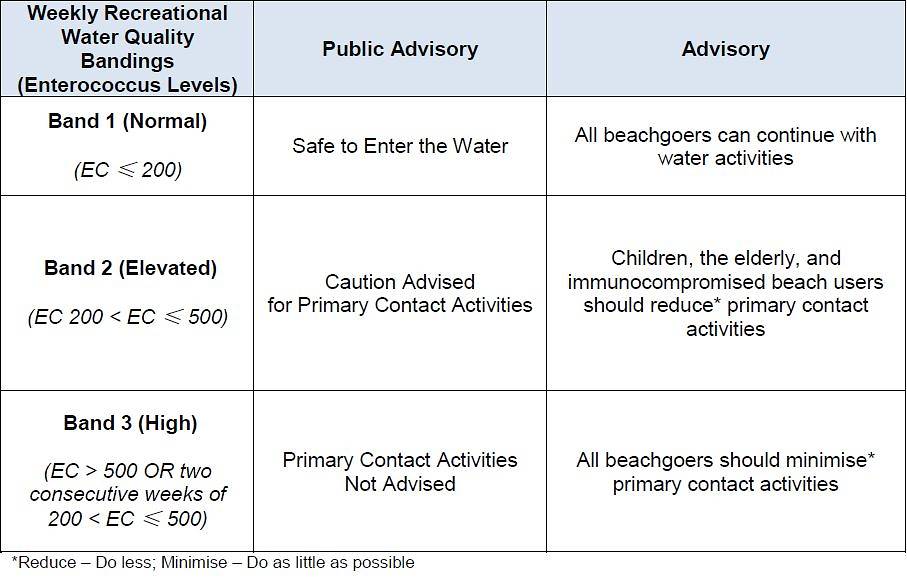With the crashing of the waves and sunlight kissing your skin, there’s nothing more relaxing than a day at the beach.
And unless you have a fear of water or suspect that a jellyfish is waiting patiently to inflict torturous pain upon you, you probably have no reason to avoid the beach.
But did you know that there are other dangers present in the waters?
Don’t worry, though, the authorities are looking out for us.
NEA to Provide Weekly Beach Water Quality Report
In the past, when you planned your beach outings, you probably had a quick look at the weather forecast beforehand.
Well, now, there’s something else you should have a look at before heading out.
The National Environmental Agency (NEA) announced it will be providing residents with data on water quality at nine popular beaches.
According to the agency, the Beach Short-term Water Quality Information will provide data on the enterococcus bacteria levels of the water.

The nine beaches are:
- Siloso beach
- Palawan beach
- Tanjong beach
- Seletar Island Beach
- Sembawang Park Beach
- Changi Beach
- East Coast Park Beach
- Pasir Ris Beach
- Punggol Beach
Three bandings will be used to indicate the level of bacteria in the water.
Band 1, which is the normal range, means it’s safe to enter the water, and all beachgoers can carry on with their water activities.
Band 2, however, indicates that there are elevated levels of bacteria in the water. Children, the elderly, and the immunocompromised should reduce primary contact water activities.
Primary contact activities are those where the whole body or the face and trunk are frequently immersed and could lead to the accidental ingestion of seawater.
Examples of primary contact activities include swimming, skiing, wakeboarding, diving, windsurfing, kite surfing, jet skiing, and water immersion training (such as capsize training for kayaking and canoeing).
If Band 3 is indicated, that means there are high levels of bacteria in the water, and all beachgoers should minimise primary contact activities.

However, even if certain areas of the beach go into Band 2 or above for a particular week, there’s no need to be overly concerned, NEA said.
But why exactly is this specific bacteria dangerous?
Can Cause Infections
Enterococcus, or Enterococcus faecalis (E. faecalis), is actually a common bacteria that can be found in your intestines.
However, if it spreads to other parts of your body it can cause a more serious infection, according to Healthline.
Enterococcus can cause everything from urinary tract infections to Meningitis, which is the inflammation of the membranes surrounding the brain and spinal cord.

Don’t panic, though. E. faecalis bacteria don’t usually cause problems in healthy people.
However, those who have a weakened immune system or underlying health conditions are more likely to contract an infection and get sick.
Regardless of the water quality, beach users are advised to avoid entering the water immediately after heavy rainfall.
Beachgoers with open sores, skin infections, or those who are unwell are also advised to refrain from water activities, NEA said.
You can head here to check NEA’s weekly beach water quality report.
A boyfriend appears to break up with his girlfriend after she has a scar on her face. But it turns out to be something else—watch their story to the end because it’s definitely related to you, whoever you are:
Would you be jailed for being half-naked in public? Well, the answer will shock you. Seriously. Watch this to the end and you'll understand:




